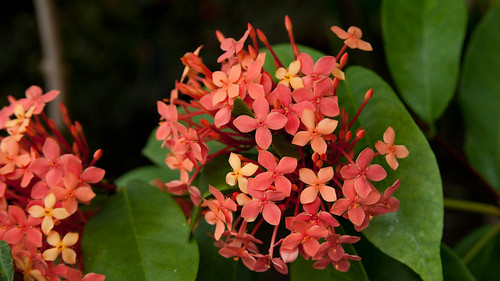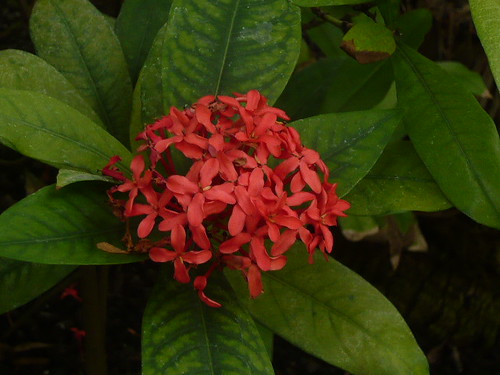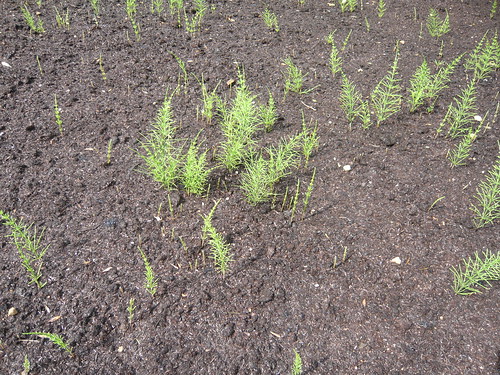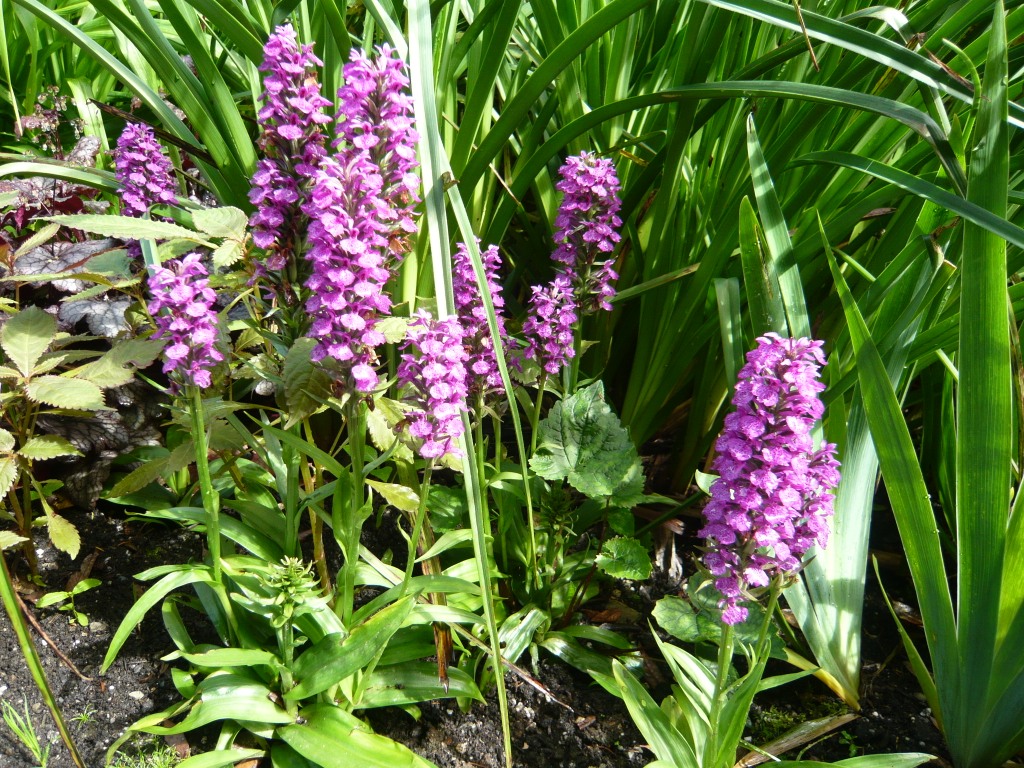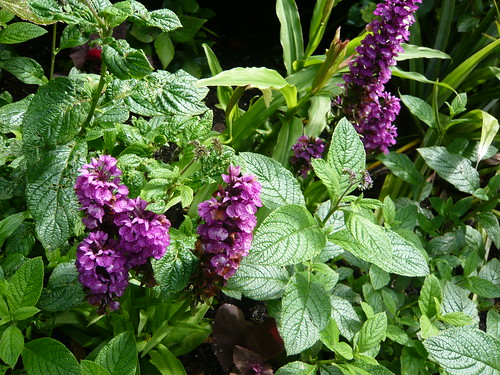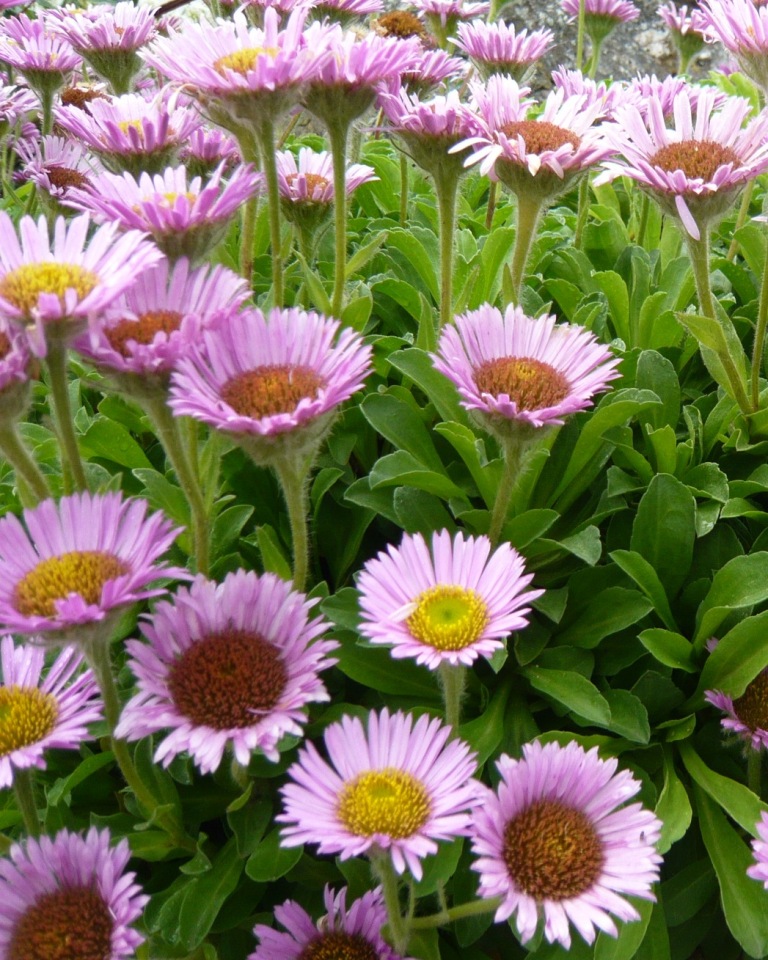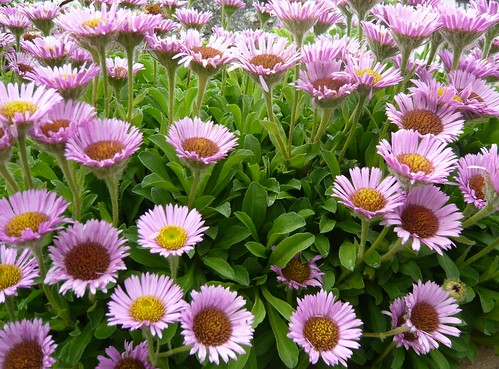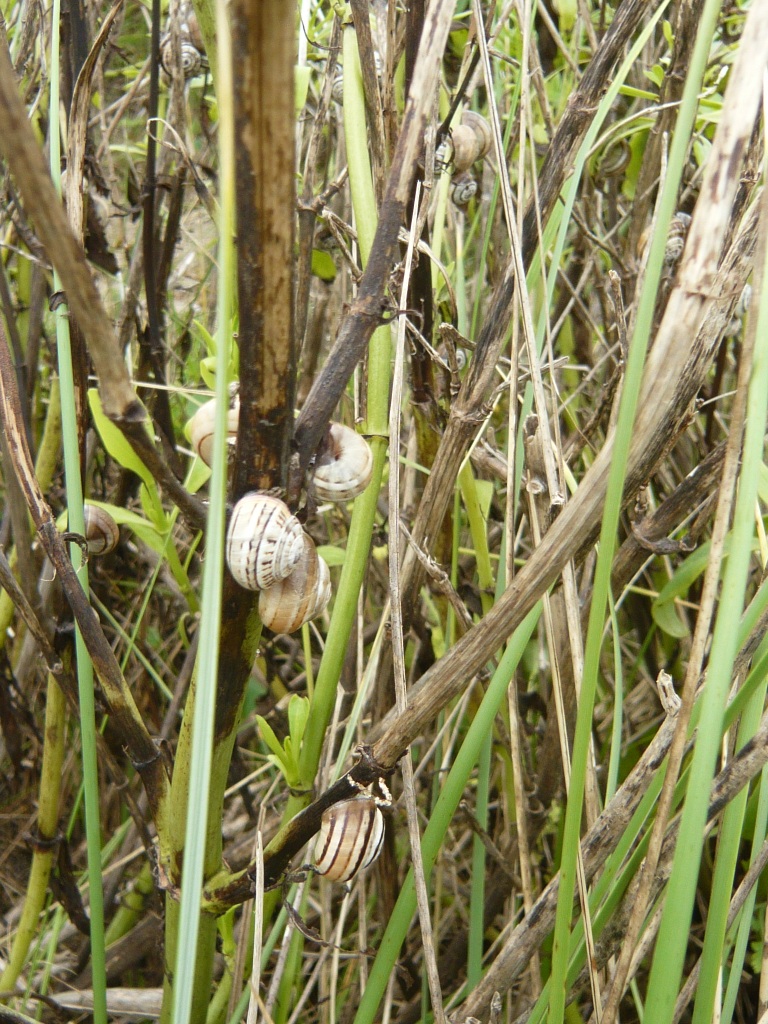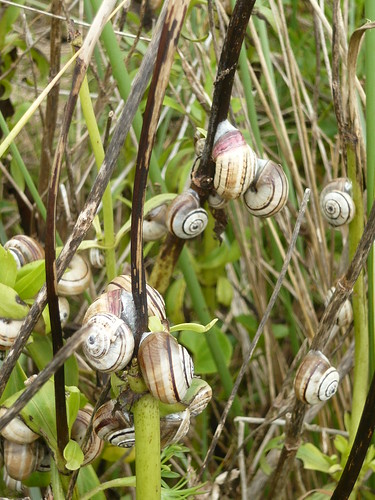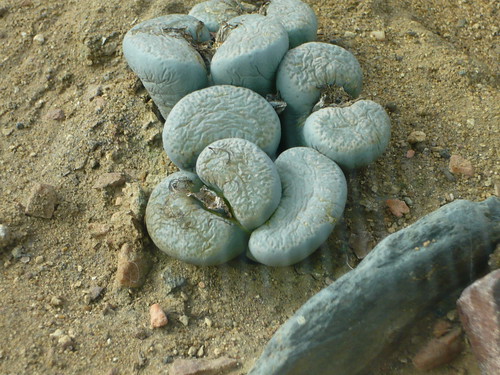Garden Problems Caused by Heavy Rain
Wet summer gardens are something the UK gardeners are having to contend with for the first time in a long time. For St Swithin’s Day I thought I would review the summer so far and provide some tips and ideas in case the wet weather continues.
Garden Problems Caused by Heavy Rain
- One off heavy rain runs off before the soil gets a chance to soak through. That is not the problem when rain is as continuous as this year.
- Heavy rain can damage young growth with the force of the rain. If rain is accompanied by wind the driving rain can do even more damage.
- Rain washes out some of the goodness from the soil and deprives plants of good fertiliser.
- Waterlogging of your soil can drown the roots of plants.
- Needless to say wet gardens attract snails and slugs. (The prize for the largest exhibit at many garden shows may be a big fat slug this year!)
- Lush growth has been put on by hedges and plants that would normally stay quite small.
Tips and Ideas for Wet Gardens
- My runner beans have grown tall but have very little leaf. I have pinched out the tops to encourage growth and flowers lower down.
- I am adding some granular fertiliser for beans and plants that I would normally have given a liquid feed.
- Use the lush conditions by planting more leaf crops whilst there is still time.
- Put gravel around the neck of plants, such as succulents,that may rot if the soil is too wet.
- Check potted plants and containers to see they are not waterlogged or stood in water. Raise them on bricks if needs be.
Encourage Flowering
- If you garden for colour and flowers you may suffer most in heavy rain.
- Deadhead asap and do not let buds get soggy and start to rot.
- Feed with a high potash fertiliser
- Prune excessive leaf growth or top out plants that are growing tall and wide at the expense of flowers.
- Give plants access to as much sun as possible.
Photo Credits
Extreme garden flood by johnpaulgoguen CC BY-NC 2.0
Garden flood 2 by Chris & Angela Pye CC BY-NC-SA 2.0
Flooded Garden (2) by Roger Lynn CC BY-NC-SA 2.0 ‘Happy April Fool’s Day! another Photoshop creation using the incredibly fun “Flood” plugin by Flaming Pear




